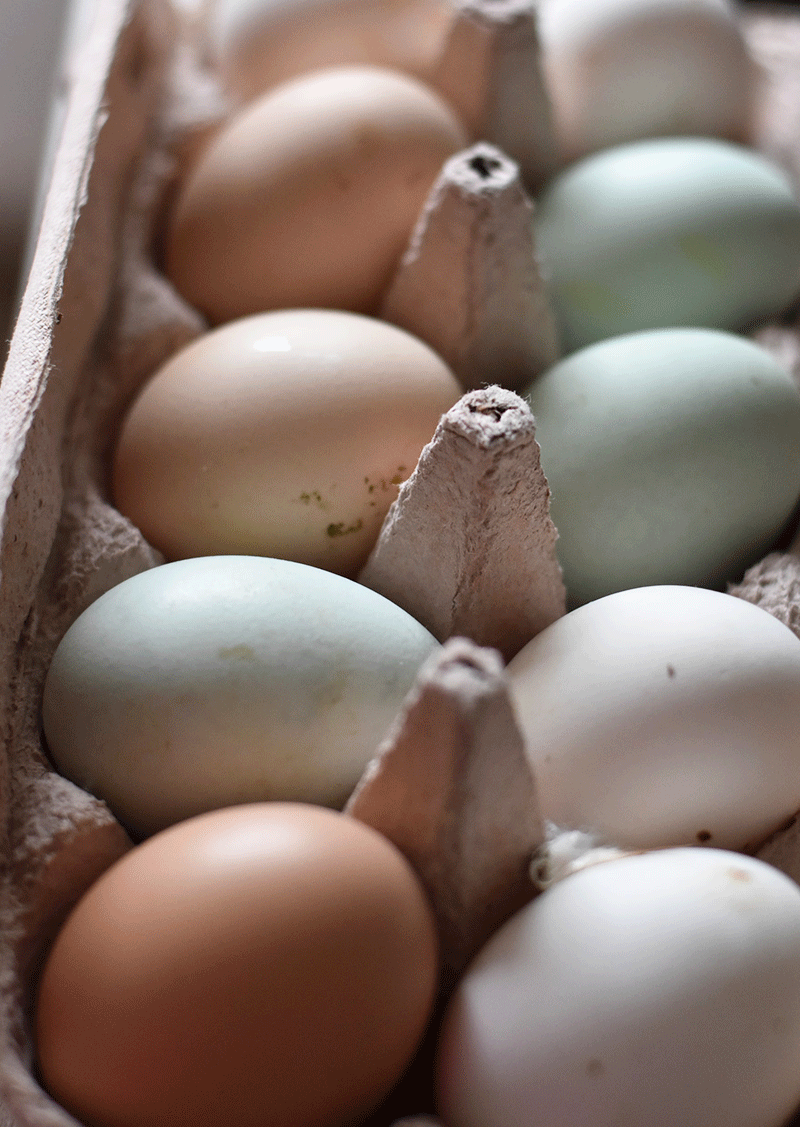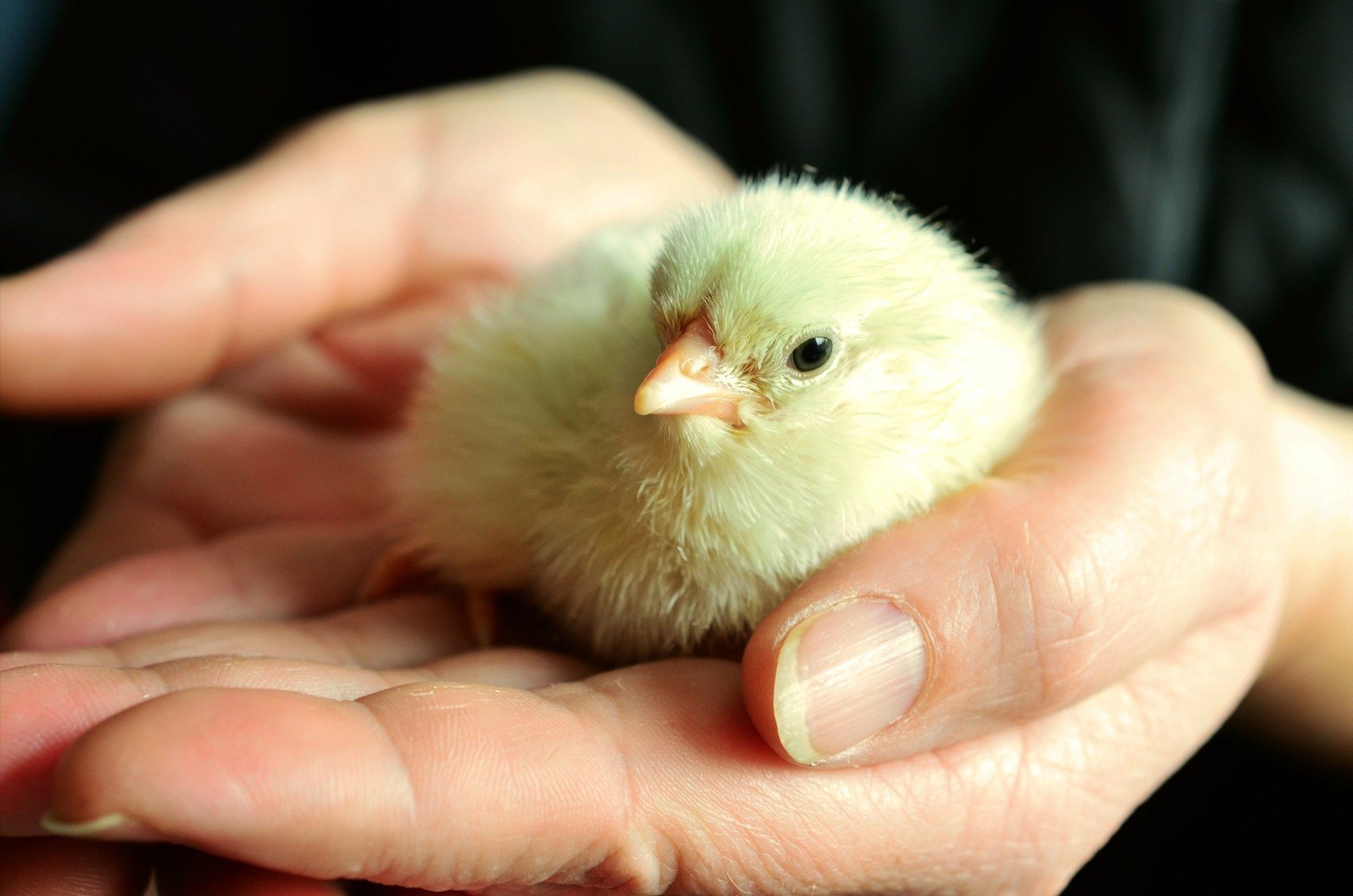Introduced as an alternative to battery or barren cages, enriched cages do not represent a kinder solution to conventional cages in terms of animal welfare for more than 210 million laying hens in the EU.
When the EU adopted its ban on battery cages for laying hens, driven by consumer demand and evolving societal expectations, the egg industry replaced ‘conventional’ cages with another type of cage, the so-called ‘enriched’ cage.
Enriched cages provide a nest, perches and some form of scratching substrate, but they severely limit the hens’ ability to perform natural behaviours such as dust-bathing, foraging, proper nesting, and resting undisturbed. Any cage system also implies greater numbers of animals being kept in close confinement, leading to increased risk of disease, so high quantities of antibiotics and other drugs are administered to the animals.
Eurogroup for Animals collected evidence showing that hens greatly benefit from access to well-managed outdoor runs or covered verandas and that enrichments stimulating natural behaviours can help avoid mutilations. Good practices in perch and nest box design can have very positive effects on laying hen health and welfare. As also stressed by a recent study commissioned by the EU Parliament, a transition to non-cage systems would not have a strong negative effect on sustainability and will give hens the possibility to express natural behaviours.
Another issue that requires urgent solutions is the fate of day-old male chicks. For the egg industry, male chicks do not have any value as they cannot lay eggs, so they are routinely culled at one day old either by gassing or maceration. The issue has been addressed at national level by the German Government which approved a ban on chick culling of one-day-old male chicks by end of 2022, and the in-ovo sexing of chick embryos after the sixth day of incubation until end of 2023. Isolated actions have also been undertaken by food businesses, which are becoming more sensitive to this practice. However, a EU legislative ban is needed to spare these animals from unnecessary suffering.
Another issue that requires urgent solutions is the fate of day-old male chicks. For the egg industry, male chicks do not have any value as they cannot lay eggs, so they are routinely culled at one day old either by gassing or maceration.
The issue has been addressed at national level by the German Government which approved a ban on chick culling of one-day-old male chicks by end of 2022, and the in-ovo sexing of chick embryos after the sixth day of incubation until end of 2023.
Isolated actions have also been undertaken by food businesses, which are becoming more sensitive to this practice, however, a EU legislative ban is needed to spare these animals from unnecessary suffering.
LAYING HENS IN THE EU
EU PRODUCTION COMES FROM CAGED SYSTEMS
UK RESPONDENTS THINK HENS IN FREE RANGE SYSTEMS ARE HAPPIER
WHAT DOES THE PUBLIC THINK?
A 2016 survey conducted by the EU on the attitudes of European citizens towards animal welfare (Special Eurobarometer 442) indicates that 94% of Europeans regard as important the protection of farmed animals. Indeed in 2019, over 1,500,000 million citizens signed the European Citizens Initiative (ECI) to ban the use of cages in food production, including enriched cages.
As consumers become more aware of the poor welfare resulting from caged production, caged eggs are becoming increasingly unpopular. Following the introduction of the 2008 egg labelling scheme, the overall number of egg-laying hens kept in alternative, non-cage systems steadily increased in the EU. However, about half of the EU’s almost 366 million laying hens are still kept in ‘enriched’ cages.
CURRENT STATE OF PLAY
The Council Directive 1999/74/EC (Laying Hen Directive) entered into force in August 1999. Among other requirements, it introduced a ban on battery cages, while still allowing the use of ‘enriched’ cages.
The use of enriched cages varies per EU Member State. Currently the top five producers of eggs in the EU are Germany, Poland, France, Spain, and Italy, with Poland and France keeping around 80% of their hens in cages, and Spain and Italy around 50%. By contrast, in Germany enriched cages are expected to be banned from 2028, at the latest. Luxembourg and Austria have already prohibited their use. In 2023 the EU Commission will publish the results of a pilot project looking into higher-welfare alternative systems for laying hens (i. a ‘Best practices for transitioning to higher welfare cage-free egg production systems’). It is expected that the project outcomes will help egg producers safeguard their economic future while responding to consumers' demand for higher animal welfare by transitioning towards alternative and non-caged systems.









